Dive into The Culture: A Tapestry of Malaysia Heritages
Malaysia, a vibrant Southeast Asian country, is a melting pot of cultures and traditions, where ancient customs blend seamlessly with modern influences. With its rich tapestry of Malay, Chinese, Indian, and indigenous heritages, Malaysia offers a unique cultural experience that captivates every traveler. From the bustling streets of Kuala Lumpur to the serene villages of Borneo, the cultural diversity is evident in every corner. Let's embark on this cultural journey with Tweet Tours to explore the heart and soul of Malaysian culture, delving into its diverse traditions, colorful festivals, and delectable cuisine.
Malaysia
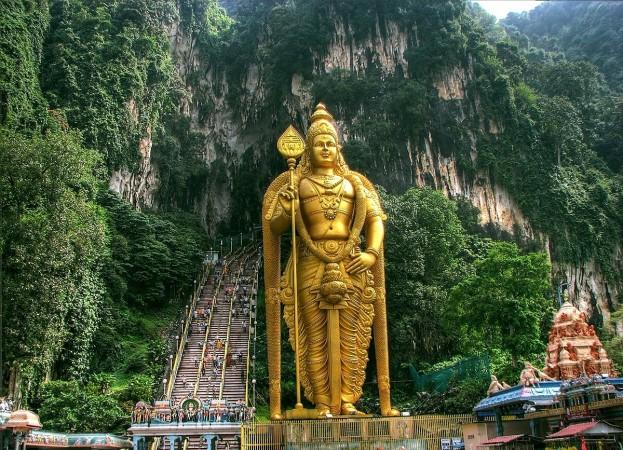
Cultural Diversity - Malaysia Traditional Tapestry
Malaysia's cultural landscape is shaped by its major ethnic groups: the Malays, Chinese, Indians, and indigenous peoples. The Malays, who form the majority, are known for their hospitality and traditional customs like the 'bersanding' wedding ceremony, which symbolizes unity and mutual respect. The Chinese community, with its roots in trade and commerce, brings vibrant festivals like Chinese New Year and the intricate art of calligraphy. The Indian population, predominantly Tamil, adds to the cultural mosaic with Deepavali celebrations and classical dances like Bharatanatyam. Indigenous groups, such as the Orang Asli in Peninsular Malaysia and the Dayaks of Borneo, contribute unique rituals, crafts, and a deep connection to nature. The harmonious coexistence of these diverse groups is reflected in Malaysia’s official motto, "Unity is Strength" (Bersekutu Bertambah Mutu), emphasizing the nation's commitment to cultural inclusivity. As Al Jazeera News notes, "Malaysia's cultural diversity is its greatest asset, fostering a society that is both rich in tradition and dynamic in progress."
Languages and Communication
Language in Malaysia is as diverse as its people, with Bahasa Malaysia being the official language. This unifying language is spoken by nearly everyone, but regional dialects and languages flourish. In the bustling markets of Penang, you might hear Hokkien and Cantonese, while Tamil is widely spoken in the vibrant Little India districts of Kuala Lumpur and Penang. Indigenous languages, like Iban and Kadazan, are preserved in East Malaysia, showcasing the country's commitment to maintaining its linguistic heritage. This multilingual environment not only facilitates communication but also enriches the cultural experience for visitors. Whether navigating a local market or engaging in cultural exchanges, the array of languages enhances the depth of interactions and understanding of Malaysia’s multifaceted identity.
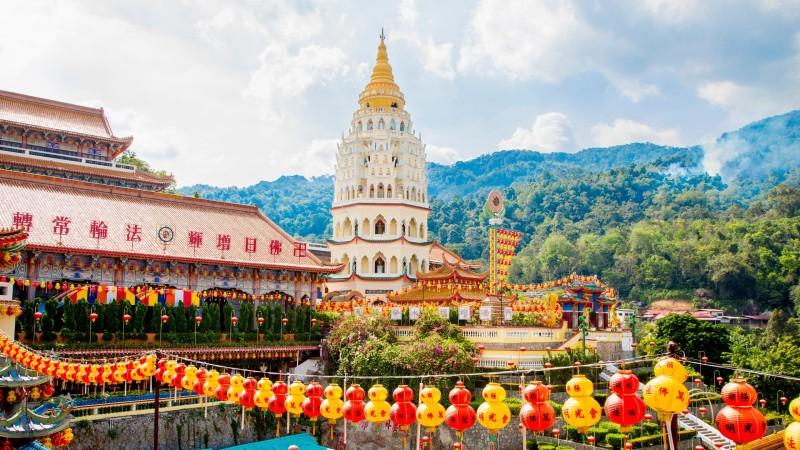
Malaysian Temple - © Znews
Festivals and Celebrations Around Malaysia
Major Festivals
Malaysia's calendar is filled with an array of festivals that reflect its cultural diversity, offering a glimpse into the rich traditions of its ethnic communities. Each festival is celebrated with enthusiasm and showcases the nation's collective spirit of unity and respect.
Hari Raya Aidilfitri
Hari Raya Aidilfitri commemorates the completion of Ramadan, Islam's holy month of fasting. Families don traditional attire, visit mosques, and enjoy a feast of dishes like rendang and ketupat. Open houses are a hallmark of this celebration, where Malaysians of all backgrounds are invited to share in the joy and festivities.
Chinese New Year
Celebrated by the Chinese community, ushers in prosperity and good fortune, the streets of Malaysia come to live with lion dances, lantern festivals, and the vibrant sound of firecrackers. Homes are adorned with red decorations, and families gather for the reunion dinner, featuring dishes symbolizing luck and abundance.
Deepavali
Deepavali, the Hindu festival of lights, signifies the triumph of light over darkness. Indian families decorate their homes with oil lamps, create intricate kolam designs, and share sweet treats. Temples are lit, and the air is filled with the sounds of traditional music and dance.
Thaipusam
Thaipusam is a dramatic and visually striking festival observed by the Tamil community. Devotees perform acts of penance, such as carrying kavadis (ornate structures attached to the body) and piercing their skin, as a form of devotion to Lord Murugan. The procession to the Batu Caves in Selangor is a sight to behold, drawing thousands of participants and spectators.
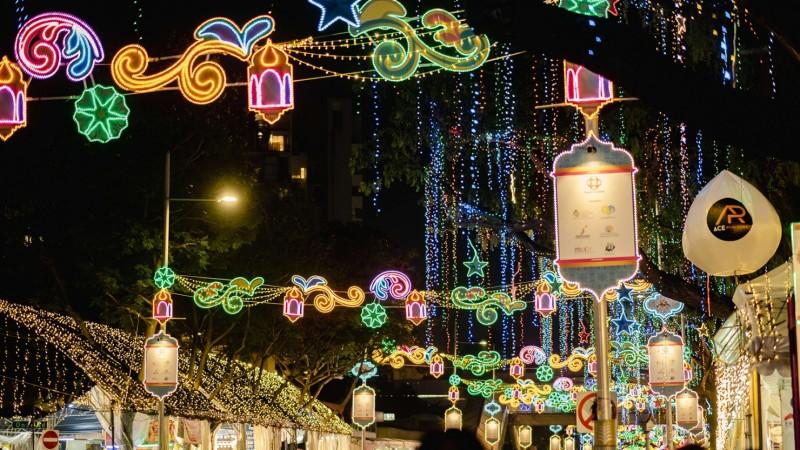
Hari Raya Aidilfitri Festival - © gather
Local Celebrations
Beyond the big holidays, Malaysia's regions conduct distinct local celebrations that provide a better understanding of the country's cultural fabric, inviting travelers to participate and appreciate the rich heritage that defines this vibrant nation.
Gawai Dayak and Kaamatan festivals
In East Malaysia, they celebrate the rice harvest with traditional dances, music, and feasting. These festivals highlight the indigenous peoples' gratitude and connection to nature, showcasing rituals that have been passed down through generations.
George Town Festival
In Penang, the George Town Festival is a month-long celebration of arts and culture, featuring performances, exhibitions, and street festivals. This event not only promotes local talent but also attracts international artists, making it a melting pot of creative expression.
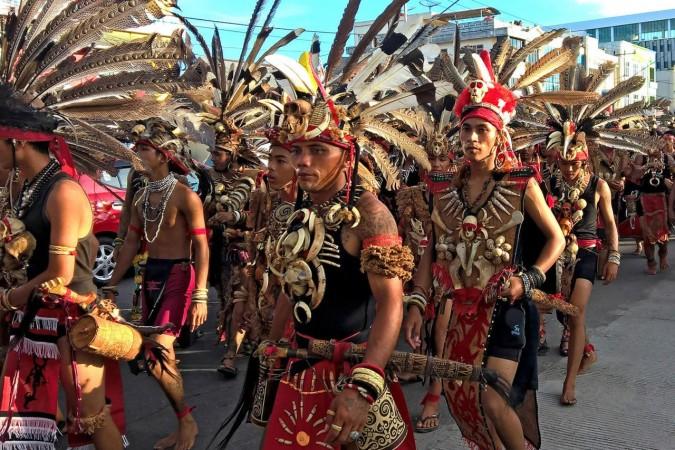
Gawai Dayak and Kaamatan festivals - © Medium
Malaysian Traditional Arts and Crafts
Visual Arts
Malaysia's visual arts are a testament to its rich cultural heritage, where traditional crafts have been meticulously preserved and passed down through generations. Batik and Songket are two quintessential Malaysian textile arts with Batik, recognized for its intricate patterns and vibrant colors, is a wax-resist dyeing technique. And Songket, a luxurious brocade textile, is woven with gold or silver threads, traditionally worn during ceremonial occasions and symbolizing opulence and elegance. Wayang Kulit, or traditional shadow puppet theatre, is another outstanding art form. Originating from the island of Java, Wayang Kulit performances feature intricately crafted leather puppets manipulated behind a backlit screen, as remarked by Asia Society News.
Performing Arts
Malaysia’s performing arts reflect its diverse cultural roots, with traditional dance and music being integral to its heritage. Malay dances, such as the Mak Yong and Joget, are performed during festivals and weddings, embodying grace and rhythm. These dances are dance-dramas originating from Kelantan, combining acting, singing, and dance, often portraying stories of royalty and mythology. The Indian community enriches Malaysia's cultural landscape with classical dance forms like Bharatanatyam and Odissi, performed during religious festivals and cultural events. These dances are characterized by precise movements, expressive gestures, and vibrant costumes. Chinese opera and lion dance are also vibrant performing arts that enliven Chinese New Year celebrations and other cultural festivals. The lion dance, symbolizing good luck and fortune, involves acrobatic movements and is accompanied by the rhythmic beating of drums and cymbals.
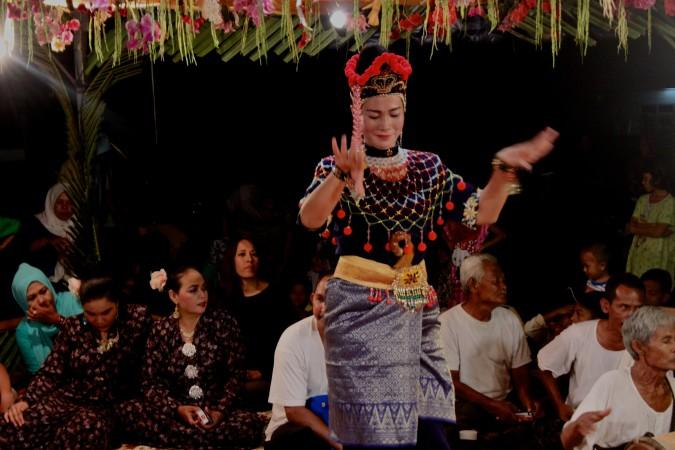
Mak Yong and Joget - © New Mandala
Culinary Heritage - Must-try Dishes in Malaysia
Traditional Cuisine
Malaysia’s culinary heritage is a flavorful reflection of its multicultural society, where the culinary traditions of Malay, Chinese, Indian, and indigenous communities come together to create a gastronomic paradise.
- Nasi Lemak: Considered the national dish, this culinary delight is a fragrant rice dish cooked in coconut milk, accompanied by sambal, fried crispy anchovies, toasted peanuts, and boiled eggs. It's often served with rendang, a slow-cooked dry curry that melts in your mouth.
- Laksa: A spicy noodle soup that comes in many regional variations. Penang’s Asam Laksa is tangy and fish-based, while Laksa Lemak in the Peranakan tradition features a rich coconut gravy. Rendang, originating from the Minangkabau ethnic group, is a dry, caramelized beef curry infused with a medley of spices.
Street Food
Malaysia’s street food scene is legendary, with bustling night markets offering a sensory overload of sights, sounds, and flavors.
- Char Kway Teow: The popular street dish consists of stir-fried flat rice noodles with shrimp, egg, and Chinese sausage, seasoned with soy sauce and chili paste. In Penang, you'll find vendors skillfully cooking this dish over high flames, imparting a smoky aroma.
- Roti Canai: This flaky, buttery flatbread is a staple at roadside stalls, typically served with dhal curry or sambal. This Indian-influenced delicacy is a breakfast favorite, often enjoyed with a hot cup of teh tarik, a frothy pulled tea.
- Satay: Skewered and grilled meat served with a rich peanut sauce. Satay stalls are a common sight at night markets, where the aroma of grilling meat temps passersby.
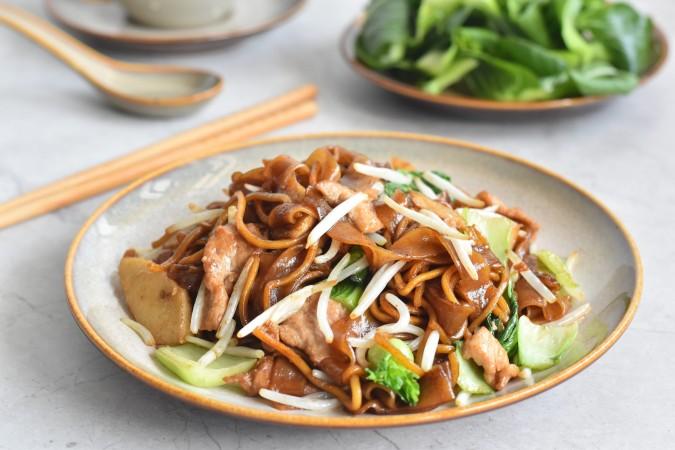
Char Kway Teow - © Znews
Malaysian Cultural Heritage Sites - Top Tourist Destinations
Historical Landmarks
George Town
George Town in Penang is a UNESCO World Heritage Site known for its well-preserved colonial structures and Chinese shophouses. Walking through its streets, you'll see Khoo Kongsi, a large Chinese clan mansion, and the Pinang Peranakan Mansion, which depicts the rich lifestyle of the Straits Chinese.
Malacca
Another UNESCO World Heritage Site steeped in history, with landmarks like the A Famosa Fort, built by the Portuguese in the 16th century, and the Stadthuys, a red-brick Dutch administrative building that now houses a museum.
Sultan Abdul Samad Building
In Kuala Lumpur, this landmark stands as a symbol of Malaysia’s colonial heritage. Its Moorish architecture and iconic clock tower are a stark contrast to the modern skyline dominated by the Petronas Twin Towers.
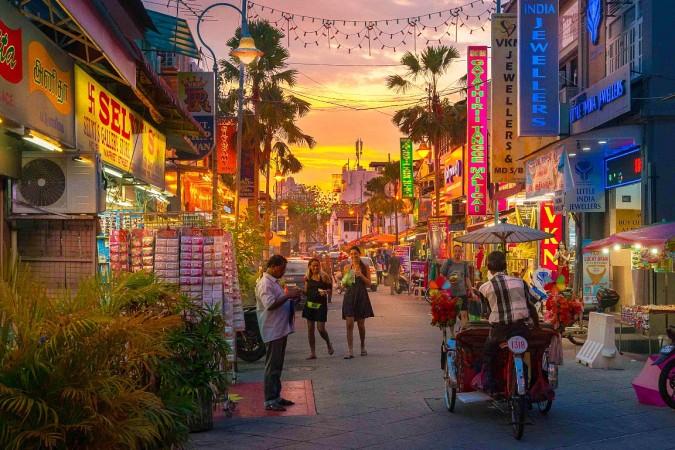
George Town in Penang - © VnEconomy
Museums and Galleries
The Islamic Arts Museum Malaysia
Located in Kuala Lumpur, the museum exhibits a large collection of Islamic artifacts, including detailed manuscripts and vast architectural models. The museum's stunning architecture itself is a masterpiece, featuring domes and intricate tile work.
Sarawak Cultural Village
The village situated in Kuching is an open-air museum with traditional longhouses from several indigenous communities. Visitors can explore the authentic dwellings, witness cultural performances, and engage in traditional crafts.
Sabah State Museum
Located among Sabah houses, it exhibits the region's history, culture, and natural heritage. The museum complex includes an ethnobotanical garden and a heritage village, providing a comprehensive cultural experience.
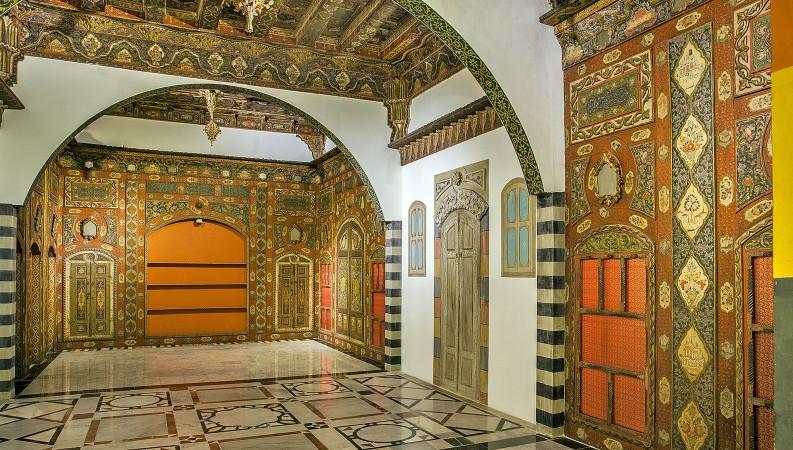
The Islamic Arts Museum Malaysia - © Islamic Times
Cultural Etiquette and Traditions
Social Norms and Customs
Understanding and respecting local customs and traditions is crucial for travelers seeking to immerse themselves in Malaysia’s rich culture. Malaysians place high value on politeness and humility, often expressed through the concept of "Budi Bahasa" (courtesy). Greetings typically involve a slight bow with a hand placed over the heart, and handshakes are gentle. In Muslim-majority areas, men and women may avoid direct physical contact. When visiting homes, it is customary to remove shoes before entering. It’s polite to bring a small gift, such as fruit or sweets, when you visit or are invited to someone’s home. Eating with the right hand is also a significant practice, reflecting cleanliness and respect.
Religious Etiquette
Malaysia’s religious diversity necessitates sensitivity and awareness of various practices. When visiting mosques, temples, or other places of worship, modest attire is required. For mosques, women should cover their heads, arms, and legs, while men should wear long pants and sleeved shirts. Shoes must be removed before entering.
During religious festivals like Ramadan, non-Muslims are expected to refrain from eating, drinking, or smoking in public during daylight hours. Understanding these subtleties not only demonstrates respect, but it also enhances your cultural experience.
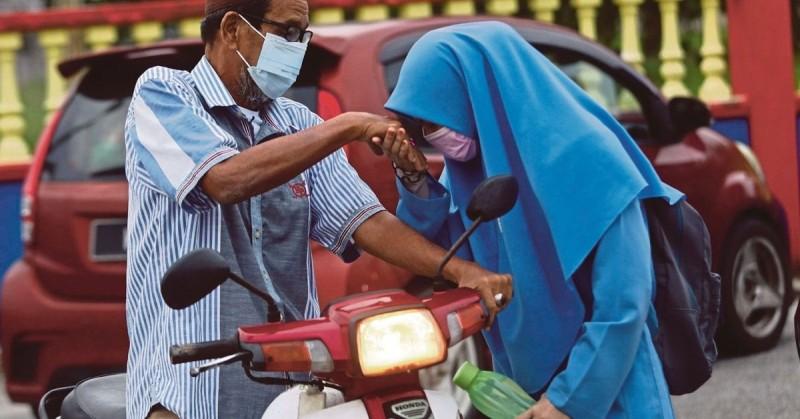
Budi Bahasa - © Harian Metro
Best Times to Visit Malaysia
Seasonal Highlights
The best time to visit Malaysia largely depends on the region and the type of experiences sought. The west coast, including Kuala Lumpur and Penang, is ideal from November to February, offering pleasant weather perfect for exploring cultural sites and festivals. In contrast, the east coast, including the Perhentian Islands and Tioman, is best visited from April to September when the seas are calm, making it ideal for beach activities and island hopping. The dry season in these areas coincides with the harvesting festivals of Gawai Dayak and Kaamatan, offering a unique glimpse into indigenous cultures.
Festival Seasons
Planning a visit around major festivals can provide a deeper cultural immersion. Hari Raya Aidilfitri and Chinese New Year are celebrated nationwide with open houses and street festivals. Deepavali, particularly vibrant in cities with significant Indian communities, lights up the streets with colorful decorations and traditional performances. Visitors during the George Town Festival in Penang can experience a fusion of arts, heritage, and culture, while those attending the Rainforest World Music Festival in Sarawak can enjoy a blend of traditional and contemporary music set against the backdrop of Borneo’s lush rainforest.
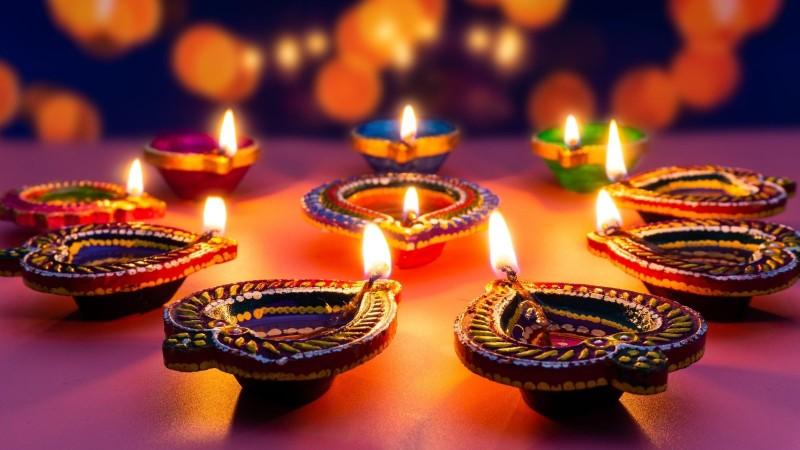
Deepavali - © Akellas
Immerse in Malaysia Cultural Tapestry
Exploring Malaysia's cultural diversity offers an enriching experience that goes beyond sightseeing. It's a journey through time, traditions, and the intricate tapestry of its people's lives. From the bustling cities to serene rural landscapes, each region presents unique stories and customs. Embracing Malaysia’s cultural heritage, respecting local norms, and supporting sustainable tourism practices ensure that travelers leave with profound memories and contribute positively to the preservation of this vibrant nation.
Articles for you

Experience Aboard The RV Indochine II - A Mekong Cruise With Tweet World Travel
The RV Indochine II is a luxury river cruise ship, offering an unforgettable journey through many attractions along the Mekong River. Built in 2017, this upscale vessel combines colonial elegance with modern conveniences to create a comfortable yet stylish environment for its crew and passengers. The ship’s intimate size makes it ideal for those seeking a more personal cruising experience while exploring Vietnam and Cambodia rich culture, scenery, and heritage. Whether you're gazing at the landscape from your private balcony or enjoying authentic local cuisine, RV Indochine II promises an exotic adventure like no other.

Witness Stilt Fishing In Sri Lanka: An Eco-Tourism Experience
Sri Lanka, renowned for its stunning beaches and rich cultural heritage, harbors a unique tradition that has captivated travelers for centuries: stilt fishing. This ancient practice, passed down through generations of coastal communities, blends artistry with necessity, offering a glimpse into a way of life intimately connected to the island's coastal rhythms. Stilt fishing in Sri Lanka isn't merely a means to catch fish; it's a cultural emblem, embodying the resilience and ingenuity of Sri Lanka's fishing communities.

Make Your Trip Stress-Free With The Tweet Trip App
Embark on your next adventure with confidence by downloading the Tweet Trip App, available for both iOS and Android. This essential travel companion allows you to view your detailed itinerary, stay connected with your tour guide and fellow travelers, receive real-time updates, and provide feedback effortlessly. With features like in-app messaging, emergency assistance, and location sharing, the Tweet Trip App ensures you travel smarter, stay connected, and enjoy a seamless, worry-free journey. Get started today and make the most of your travel experience with Tweet World Travel.

Pedal Through Paradise: Unveiling Cambodia's Hidden Gems on Two Wheels
The gentle whir of bicycle wheels mingles with the distant chants of monks as you glide past emerald rice paddies stretching to the horizon. This is Cambodia - a sensory explosion waiting to be experienced on two wheels. At Tweet Tours, we believe there's no better way to immerse yourself in the Kingdom of Wonder than by bicycle.
Cambodia isn't just a destination; it's a living, breathing tapestry of ancient wonders, natural beauty, and vibrant culture. Our carefully crafted cycling tours take you beyond the typical tourist haunts, offering a unique perspective on this captivating country. Ready to clip in and discover the magic of Cambodia? Let's ride!

Trekking in the Himalayas: A Journey Through Nepal's Majestic Peaks
The Himalayas rise from the earth like colossal guardians, their snow-capped peaks piercing the sky in a display of nature's raw power and beauty. Nepal, nestled at the heart of this mountain range, serves as the gateway to some of the most breathtaking trekking experiences on the planet. Here, the air is crisp and thin, filled with the promise of adventure and the whispers of ancient tales.
With Tweet Tours, as you set foot on these hallowed trails, you're not just a traveler - you're a modern-day explorer, following in the footsteps of legendary mountaineers and age-old traders. Each step takes you further into a world where nature reigns supreme and human resilience is tested against the backdrop of some of the world's highest peaks.
From the moment your boots touch the ground in Kathmandu, you'll feel the pull of the mountains. The bustling streets of the capital, with their sensory overload of sights, sounds, and smells, soon give way to serene mountain paths where the only soundtrack is the crunch of gravel underfoot and the distant tinkling of yak bells.

Exploring Mui Ne's Wonders: Unique Attractions & Local Dishes
Nestled along the southeastern coast of Vietnam, Mui Ne emerges as a captivating gem, blending natural wonders with cultural richness. Renowned for its stunning landscapes and unique attractions, Mui Ne beckons travelers seeking both relaxation and adventure in equal measure. Mui Ne's renowned beach dunes, bustling fishing towns, and excellent local food await exploration at every turn.
The allure of Mui Ne lies not only in its pristine beaches and crystal-clear waters but also in its diverse range of activities catering to every traveler's whims. Whether you're drawn to thrilling water sports like kitesurfing and windsurfing on its dynamic shores or seeking tranquility amidst the picturesque Fairy Stream, Mui Ne promises an unforgettable journey filled with discovery.
